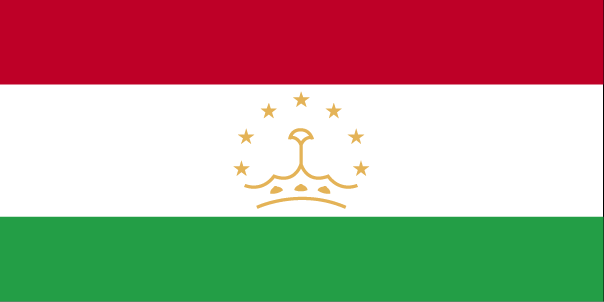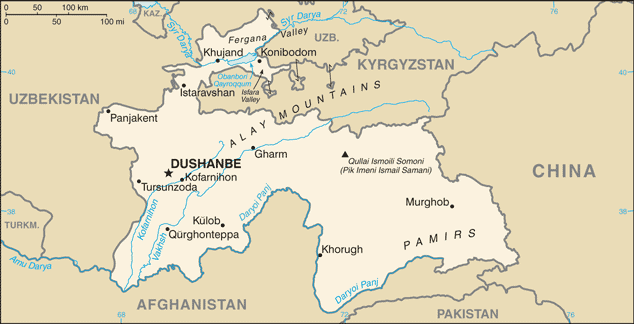Investing in Tajikistan


Tajikistan has one of the lowest per capita GDPs among the 15 former Soviet republics. Because of a lack of employment opportunities in Tajikistan, as many as a million Tajik citizens work abroad, almost all of them in Russia, supporting families in Tajikistan through remittances. Less than 7% of the land area is arable. Cotton is the most important crop, and its production is closely monitored, and in many cases controlled, by the government. In the wake of the National Bank of Tajikistan's admission in December 2007 that it had improperly lent money to investors in the cotton sector, the IMF canceled its program in Tajikistan. A reform agenda is underway, according to which over half a billion dollars in farmer debt is being forgiven, and IMF assistance has been reinstated. Mineral resources include silver, gold, uranium, and tungsten. Industry consists only of a large aluminum plant, hydropower facilities, and small obsolete factories mostly in light industry and food processing. The civil war (1992-97) severely damaged the already weak economic infrastructure and caused a sharp decline in industrial and agricultural production. Tajikistan's economic situation remains fragile due to uneven implementation of structural reforms, corruption, weak governance, seasonal power shortages, and the external debt burden. A debt restructuring agreement was reached with Russia in December 2002, including a $250 million write-off of Tajikistan's $300 million debt. Electricity output expanded with the completion of the Sangtuda I hydropower dam - finished in 2009 with Russian investment. The smaller Sangtuda-2, built with Iranian investment, is scheduled for completion in 2012. The government of Tajikistan is pinning major hopes on the massive Roghun dam which, if finished according to Tajik plans, will be the tallest dam in the world. The World Bank has agreed to fund technical, economic, social, and environmental feasibility studies for the dam. Favorable reports from these studies could create investor interest in the project, which is currently moving forward with domestic funding. In January 2010, the government began selling shares in the Roghun enterprise to its population, ultimately raising over $180 million. According to numerous reports, many Tajik individuals and businesses were forced to buy shares. The coerced share sales finally ended in mid-2010 under intense criticism from donors, particularly the IMF. Tajikistan has received substantial infrastructure development loans from the Chinese government to improve roads and electricity transmission. To help increase north-south trade, the US funded a $36 million bridge which opened in August 2007 linking Tajikistan with Afghanistan. While Tajikistan has experienced steady economic growth since 1997, more than half of the population continues to live in poverty. Economic growth reached 10.6% in 2004, but dropped below 8% in 2005-08, as the effects of higher oil prices and then the international financial crisis began to register - mainly in the form of lower prices for key export commodities and lower remittances from Tajiks working abroad.
National Bank of Tajikistan - http://www.nbt.tj/
Tajik Aluminium Company - http://www.talco.tj/
Countries that border Tajikistan: Kyrgyzstan | Uzbekistan | Afghanistan | China
Learn more:
Back to Country Investing



